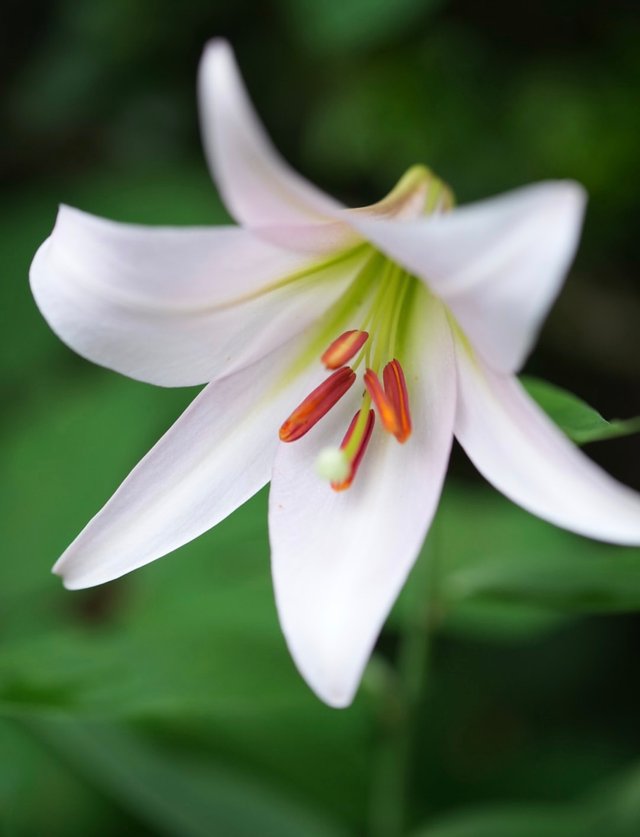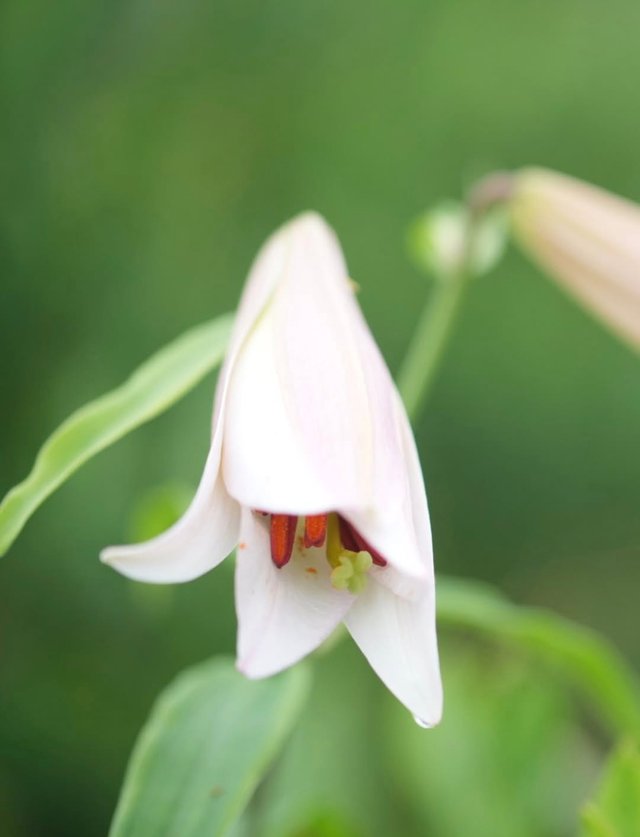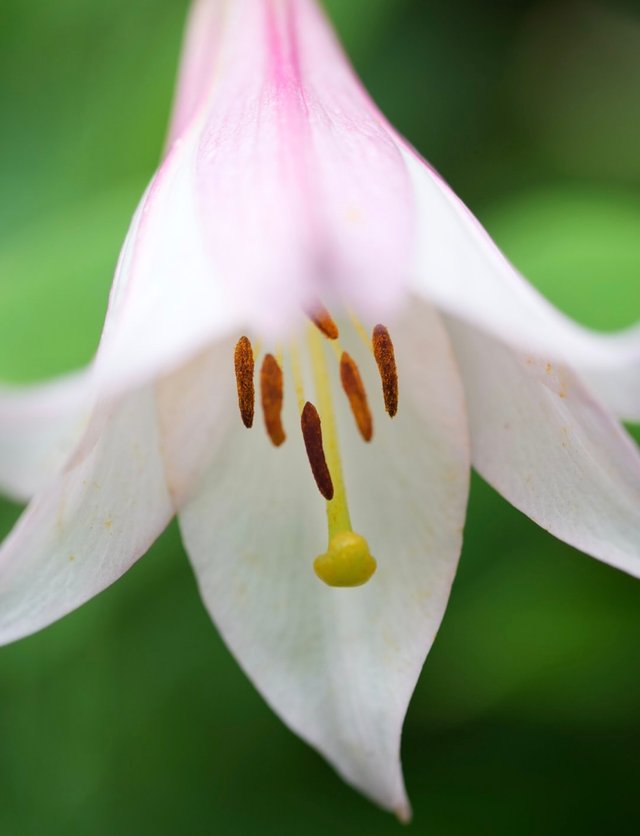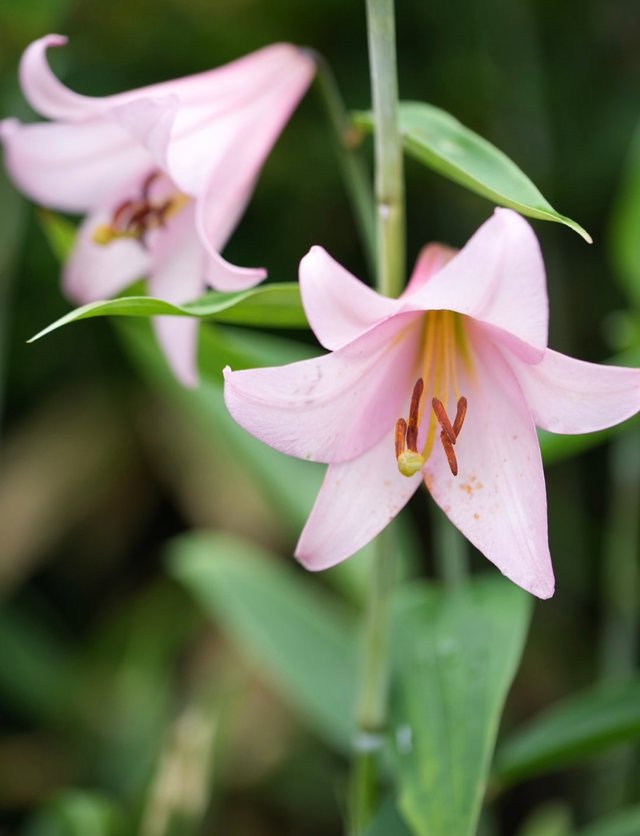Easter lily
Easter lily is a trumpet-shaped, fragrant flowering plant that is highly popular for its symbolic association with purity, hope, and renewal, especially during the Easter season in Christian traditions. Native to the Ryukyu Islands of Japan and Taiwan, this perennial bulbous plant belongs to the Liliaceae family and is cultivated worldwide for its stunning white blooms and pleasant fragrance. The plant typically grows between 60 to 100 centimeters in height, with narrow, lance-shaped leaves spiraling around its upright stems. Its flowers are large, pure white, and trumpet-like, usually measuring about 15 to 18 centimeters in length, with a delicate fragrance that intensifies in the evening.
Blooming naturally in the summer months in its native habitat, the Easter lily is often forced to bloom earlier in greenhouses to coincide with the Easter holiday in temperate regions. It thrives in well-drained, slightly acidic to neutral soil rich in organic matter and requires a location with bright, indirect sunlight or light shade to prevent scorching. Propagation is generally achieved through bulbs, and careful handling is necessary as the plant is sensitive to root disturbance.
The Easter lily is also toxic to cats, even in small amounts, causing severe kidney damage, so pet owners must exercise caution. Beyond its ornamental and religious significance, the plant is admired for its graceful form and symbolic meaning, often used in floral arrangements for weddings, religious ceremonies, and memorials. Cultivators must protect it from pests like aphids, lily beetles, and fungal diseases such as botrytis, ensuring proper air circulation and moderate watering to prevent root rot. Its cultural importance, timeless elegance, and delicate fragrance make the Easter lily a cherished flower in gardens, greenhouses, and floral displays around the world.




